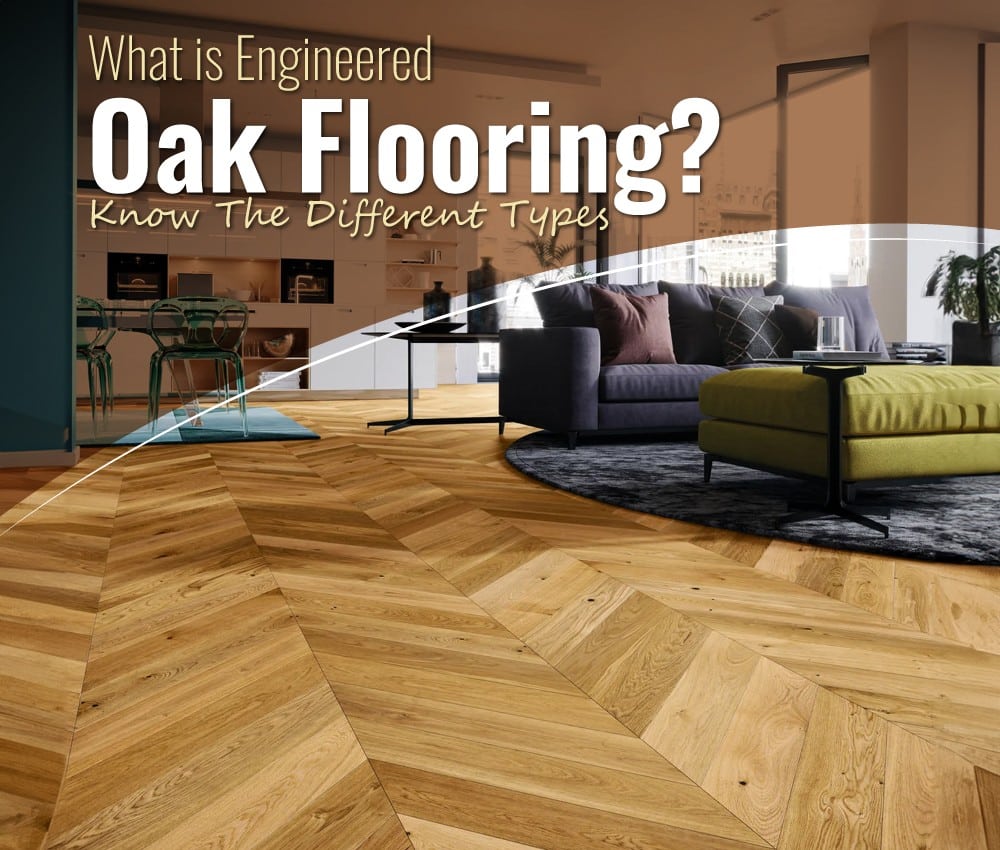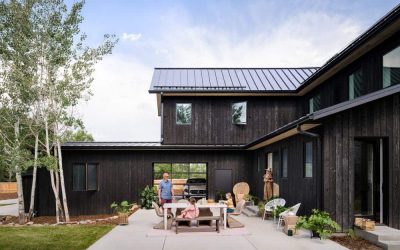
Where flooring is concerned, oak has been the popular choice for centuries: stylishly classic and long-lasting. But with the modern house and hectic lifestyle of today, engineered oak flooring has become the reasonable choice over solid oak. So, what then is engineered oak flooring? And what makes it different from other forms of wooden flooring?
Here we take you through all that you would want to know about what is engineered oak wood flooring, and how it is made to its plus and minus points, the types that it comes in, and lots more in between, all explained clearly and simply.
What is Engineered Oak Flooring?
Engineered oak floor is a species of wood floor that contains multiple layers of wood. The surface layer is made up of genuine oak wood, referred to as the wear layer. This provides it with a natural finish and solid oak appearance. Below the surface are plywood or high-density fiberboard (HDF) layers, which allow it to gain stability and strength.
Such a multi-layered design restricts the likelihood of engineered oak floor warping, shrinking, or swelling whenever temperature and humidity change, and thus it is an ideal option for rooms such as kitchens or basements.
How Is Engineered Oak Flooring Produced?
Engineered oak flooring is manufactured by the high-pressure and heat gluing of various layers of wood. This is an overview:
- Veneer (surface veneer): A Thin slice of real oak wood, usually 2mm to 6mm thick.
- Core layers: Certain layers of plywood or HDF are bonded in a crisscrossed pattern to provide extra strength.
- Support layer: Underneath, a plywood or solid wood layer offers support and reduces movement.
This clever design not only makes engineered oak flooring long-lasting but also visually appealing, giving homeowners the best of both worlds.
Benefits of Engineered Oak Flooring
Engineered oak flooring has various advantages compared to other forms of flooring:
✅ Natural Wood Look
With the top layer being actual oak, it provides the genuine look and feel of hardwood flooring.
✅ Increased Durability
The multi-layered construction makes it more stable, particularly where humidity levels are going up and down.
✅ Flexibility
It can be fixed in various parts of the house, such as basements, underfloor heating, or even concrete subfloors.
✅ Simple Installation
Most engineered floors feature click-lock systems, which can be installed more quickly and are sometimes even suitable for DIY installation.
✅ Green Friendly
Less oak is needed than with solid oak flooring, so it is a greener choice.
✅ Affordable
Though retaining the good looks of solid oak, it is typically priced lower.
What are the Disadvantages of Oak Flooring?
Although engineered oak flooring has numerous advantages, there are one or two disadvantages to be aware of:
❌ Restricted Sanding
Depending on the wear layer’s thickness, engineered oak can generally be sanded only 1–3 times during its lifetime. Thinner wear layers support fewer refinishes.
❌ Not 100% Solid Oak
While it appears to be solid oak, the inner layers are not oak, which could be important to some homeowners who prefer total authenticity.
❌ Varies in Quality
Engineered oak flooring is not constructed the same. Poor products will have thin core layers and less dense veneers, decreasing durability.
What is Engineered Oak Flooring Different from Solid Oak Flooring?
The main difference lies in the structure:
- Solid Oak Flooring: Constructed from one piece of oak wood. It’s dense, durable, and can be sanded repeatedly.
- Engineered Oak Flooring: Comprised of several layers with a top layer of real oak and plywood or HDF core.
Here’s a quick comparison:
| Feature | Engineered Oak Flooring | Solid Oak Flooring |
| Stability | More stable in humidity | Prone to expansion/shrinkage |
| Installation | Easier, DIY-friendly | Requires professional installation |
| Sanding | Limited times | Can be sanded many times |
| Cost | More affordable | Usually more expensive |
Is Engineered Oak Flooring Cheaper than Solid Oak Flooring?
Yes, overall, engineered oak flooring is cheaper than solid oak flooring. It requires less solid wood, and the process of making it involves cost-saving measures that are transferred to the consumer. And with the easy installation, you save money on labor.
While engineered flooring from a high-end company might be as pricey as low-end solid oak, generally, engineered wood is cheaper, particularly for large floors.
Characteristics of Our Engineered Oak Flooring
By selecting engineered oak flooring from our range, you receive:
- First-grade quality oak veneer: To achieve an attractive and genuine look.
- Thick wear layer: Ideal for future sanding and refinishing.
- Multi-layered core: Provides the maximum level of stability and durability.
- Spacious planks: To create a roomy, contemporary feel.
- Stained and natural finishes: Select one of our colors to complement your interior design.
- Environmentally friendly production: We are concerned about the environment and source responsibly.
No matter which room in your home is in need of a makeover, our engineered oak flooring is designed to awe.
Familiarize Yourself with the Various Types of Engineered Oak Flooring
Engineered oak flooring is available in different types and finishes. Below are the most typical types:
- Brushed and Oiled
The textured surface has natural grain. It’s oil-based to impart a soft, matte finish.
- Lacquered
Lacquered floor is available with a glossy or satin finish and is scratch- and stain-resistant.
- Hand-Scraped
Hand-scraping each plank brings about a distressed, antique look—ideal for period residences.
- Smoked or Fumed
Darkens the oak, bringing out deeper tones and adding a rich character to the flooring.
- UV Oiled
UV oil offers a long-lasting coating that preserves the natural finish while offering quality protection against day-to-day wear and tear.
They each possess their own beauty, enabling you to select what most appropriately fits your home’s design and your way of life.
Bottom Line / Conclusion
In short, engineered oak flooring is an intelligent, fashionable, and trustworthy choice for contemporary homes. It marries the elegance of genuine oak with engineered construction’s practicality, which is why it is so well-liked among many homeowners. Elegance, affordability, or toughness – engineered oak wood flooring fits all the bills.
Having knowledge of its construction, benefits, and types will help you make an educated decision. Thus, if you are eagerly waiting for your home’s flooring to get renovated, engineered oak is a one-time investment that creates both looks and durability.








